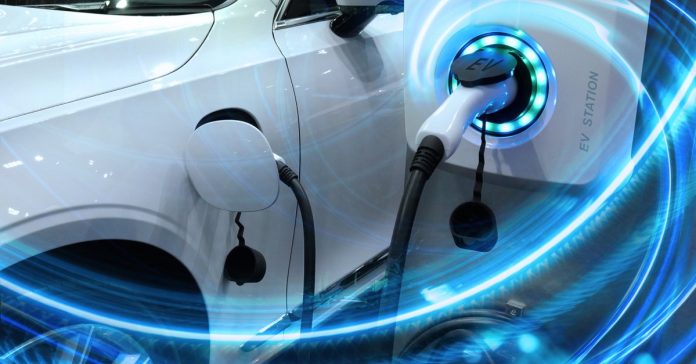The EV industry of the nation is witnessing a tectonic boom. With the advent of government policies about a clean and green environment, the automobile industry has started transitioning towards electric vehicles as electric vehicles do not consist of the use of combustible fuels which eradicates the problem of pollution. However, is it that easy to replace the ICE vehicles which have captured a large share of the automobile industry? Let’s explore this situation through this blog.
The contemporary automobile industry of India heavily relies on IC engine-based vehicles as for almost centuries IC engines acted as the primary choice for customers. With the onset of the EV era, the questions on IC vehicles had begun to rise due to its few drawbacks viz air pollution, noise pollution, operating cost, dependency on fossil fuels etc. which allowed the Electric vehicles to occupy some space in the automobile market.
The estimated size of India’s consolidated Electric Vehicle Market in 2024 is 34.8 billion USD, with expectations to grow to 120 billion USD by 2030, at a CAGR of 22.92%. Out of which the market size of Electric two-wheelers, three-wheelers and buses is 8.04 billion USD, 8.14 billion USD and 0.84 billion USD respectively. While on the other hand, the growing market of EVs has not influenced the popular IC engine market.
The market size of internal combustion (IC) engines was assessed at USD 321.6 billion in 2023 and is projected to grow to USD 485.1 billion by 2032, with a compound annual growth rate (CAGR) of 4.7%. Maruti is the largest shareholder with the lion’s share of 41.3% followed by Hyundai, Tata Motors and Mahindra.
The dominance of the IC engine market in India completely overshadows the EV sector for now. Based on the market size the two industries cannot be compared. However, the growth rate incorporating the time frame can still be taken into consideration. The EV sector has been questing for some time to completely flatter its wings in India.
One of the positive aspects which insinuates the growth of the EV industry is the export potential. The Indian EVs are gradually grabbing the interest of customers across the globe which is ultimately leading to the growth of EV exports. These exports are expected to constitute 25-30 per cent of all vehicles shipped from India, despite domestic EV penetration projected to be around 10-15 per cent.
By analysing the potential of the EV sector, the government of India also started pondering on its policies. The government enacted and manoeuvred its policies in such a manner that it became beneficial for the EV and automotive industries. The Government of India has approved Greenlit, a strategic policy designed to establish India as a leading manufacturing hub for electric vehicles (e-vehicles).
The Greenlit policy provided Duty Reduction for EV Imports, Import Cap and Investment Prerequisites, Maximum Import Allowance, Duty Limit, Bank Guarantees etc. These policies went on to provide some key benefits to the EV industry. Global EV manufacturers, such as Tesla, Inc., have been pushing for tariff concessions as a requirement to set up manufacturing plants in India. With India ranking as the world’s third-largest automobile market and experiencing rapid growth, the EV sector is positioned to become a significant segment in the automotive industry.








